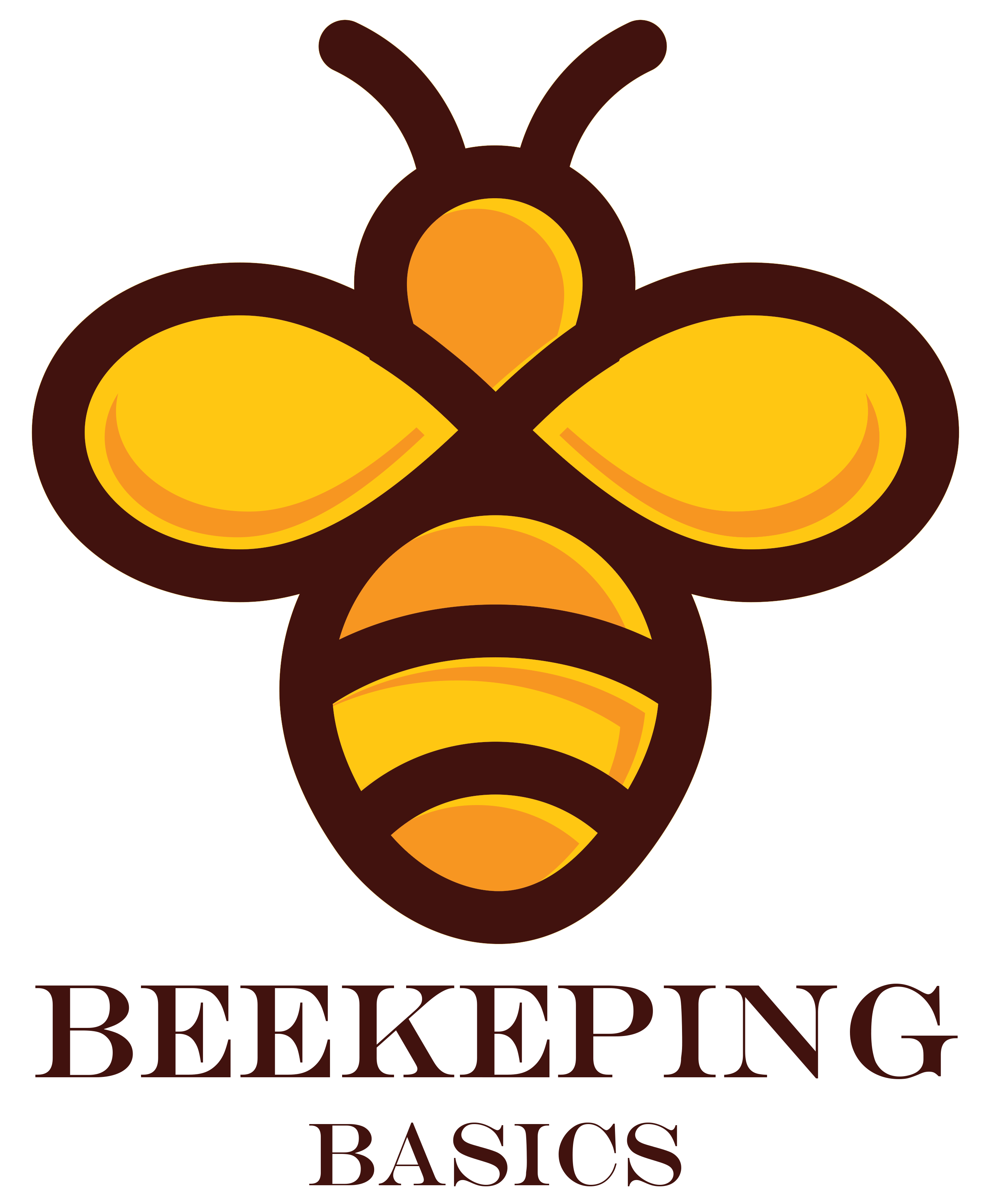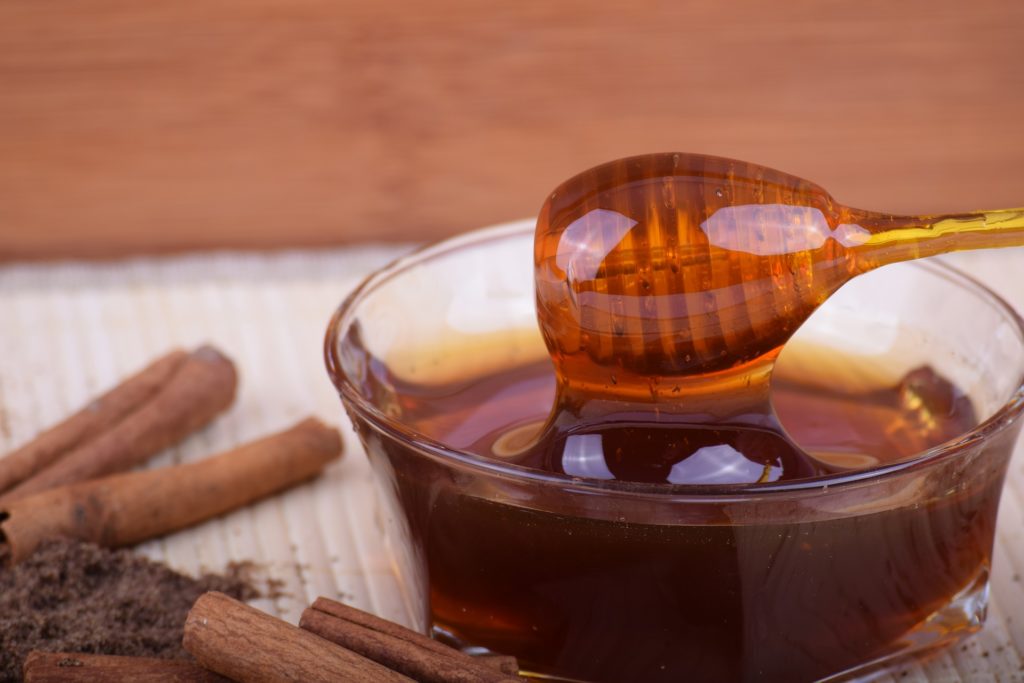Look at the shelves of any grocery store and you’ll see many different kinds of honey. It can be supplied in different packaging as well as in different colors and tastes. But what do you really get? Is it real or do you have something that is considered “falsified”? A quick glance down the ingredient label will tell you the truth about the bottle you’re going to put in the basket.
The delusions
Sometimes honey crystallizes. Regardless of the purity of it or its falsification, this can happen. Crystallization can happen to both types, and this is extremely common in temperate climates. Another misconception is the flammability of pure honey. One method is to immerse a cotton ball in it and apply a match. If it burns, it is clean. However, this is another myth, as its “burnability” seems to depend more on the amount of honey used and/or how long the flame has been applied to the cotton ball, rather than its actual purity.
How can we test if we are using real honey?
It is no secret that there are many fraudulent brands of “pure” honey on the market. These brands are different in that they may contain pure honey, but they have been modified as described above. However, a simple test, which you can do yourself, will give you an idea of the product you have in your home. Simply fill half of a glass with water and add honey to the glass. If it is clean, it should not dissolve immediately. But even this is not absolute proof, because its viscosity also plays a role in the rate at which it decomposes.


Pingback:Manuka Honey is Killing Every Kind of Bacteria Scientists Throw at it!
Pingback:A Number of Things You Can do to Save The Bees!